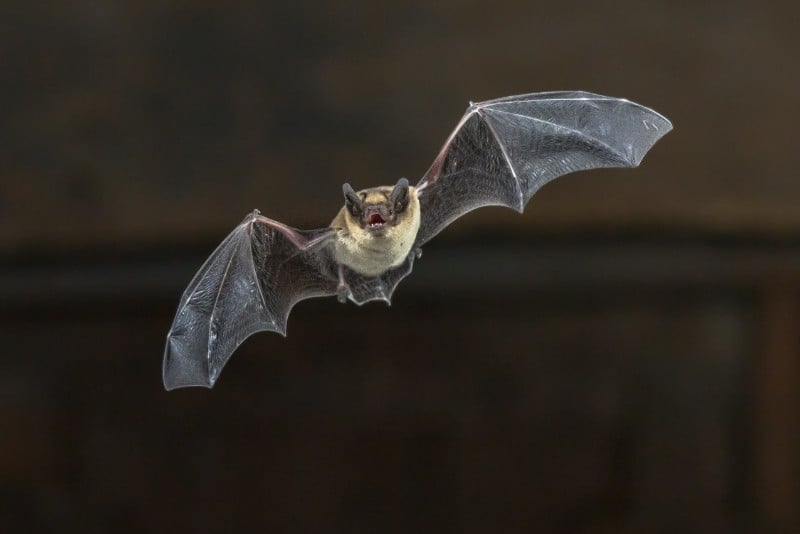
LEARN ABOUT BATS
Bats are curious creatures. They are the only group of flying mammals. They are not birds or rodents. Public perception of these animals has been based largely on myth and villainization. People seem to be learning more about bats and their habits. Bats are actually quite helpful to man by consuming tons of insects nightly many of which are pests for us and our crops. They do not attack people. They do not get tangled in your hair or drink your blood. They are not blind. Bats use echolocation to interact with their environment and to hunt. They do this by bouncing sound waves off of objects and potential prey giving them a clear picture of their surroundings in total darkness.
Bats do occasionally become pests themselves by roosting in structures. They can cause severe odor problems when droppings are allowed to build up. Their droppings can host a fungus that causes the respiratory disease, Histoplasmosis. They carry various ectoparasites such as fleas, ticks and bedbugs that can infest a building occupied by bats. The greatest potential threat is that of rabies. Although less than half of one percent of bats worldwide carry the rabies virus, the threat of human exposure from bats is very real. According to the CDC, bats cause the most cases of rabies in humans. Bats infected with rabies most often become sick, exhausted and incapable of flight. This is when children or unsuspecting adults can get bit and infected with rabies. Never pick up a sick bat with your hands!
There is a safe method to remove a bat from your living space. Get a large coffee can or bowl and a piece of cardboard. Place the can over the bat and slide the cardboard under it trapping the bat inside. You may then take it outdoors and release it.
Control methods: Exclusion only! We inspect for all visible gaps, cracks, crevices or voids. Bats need only a 3/8″ gap to enter a structure! After sealing all secondary possible entries, we employ bat release valves over their main entries so that the bats can go out at night and not regain entry upon their return. They simply have to find a new roost!
